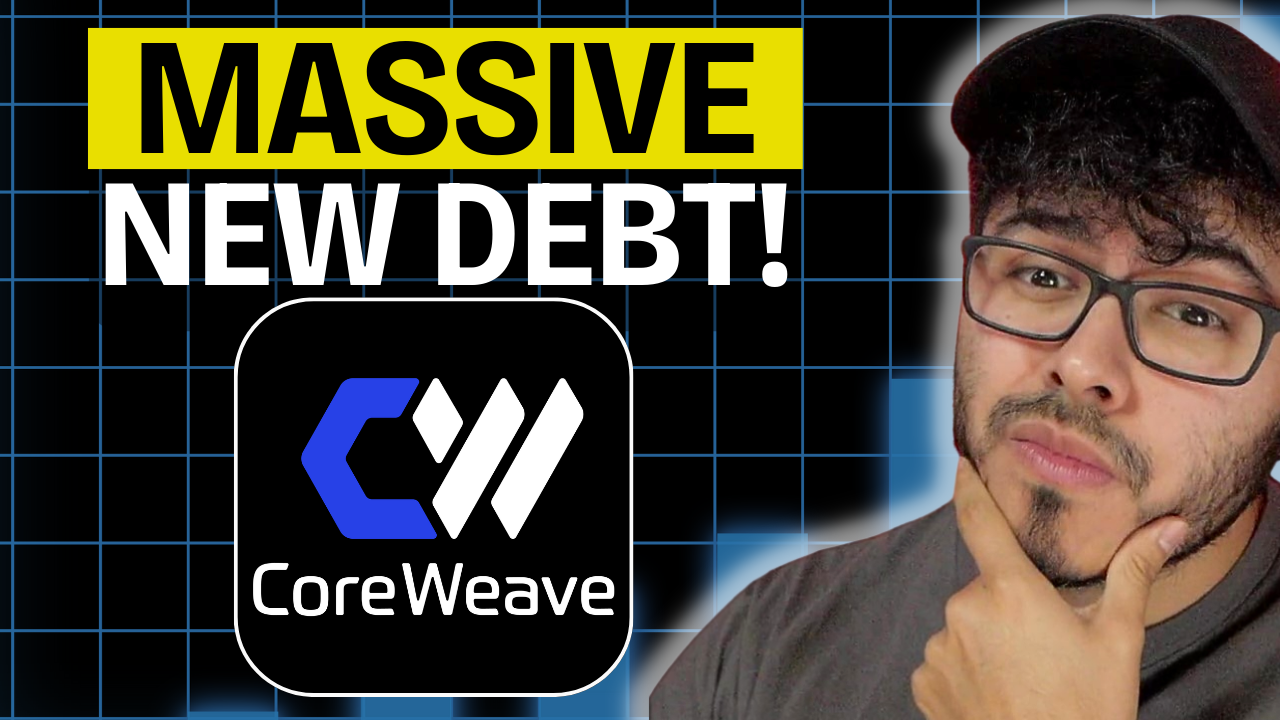The artificial intelligence (AI) boom has driven stock market gains over the past couple of years, but the momentum may be far from over. Not only do analysts predict an AI market of more than $2 trillion by the early 2030s, but current activity in the space supports that. Technology companies from Meta Platforms to Alphabet (GOOG +1.05%) (GOOGL +1.04%) have announced billions of dollars in spending to support AI projects. Data center buildout continues. And there are more AI stages to come, such as the moment of AI agents, when companies will apply AI to handle complex real-world problems.
All of this is right up the alley of billionaire Philippe Laffont, who as founder of Coatue Management, focuses on innovators and invests heavily in tech companies. In fact, the biggest positions in Coatue's $22.6 billion portfolio are Meta and Amazon, each with weightings of more than 9%.
So, it may seem surprising that right now, with so much ahead for AI, Laffont just sold some shares of top AI chip designer Nvidia (NVDA 0.31%) and two other AI giants. But, at the same time, Laffont picked up shares of an Nvidia-backed company that could become the next AI powerhouse. Let's take a look at his moves and consider the potential of this newish player.

Image source: Getty Images.
Laffont's technology investing
First, as mentioned, it's important to keep in mind that Laffont isn't just dabbling in AI, but is someone who specializes in the technology sector and heavily invests in today's leaders and tomorrow's potential leaders. Laffont holds a computer science degree from MIT and went on to hone his investing skills at Tiger Management, one of the world's first hedge funds. He then became known as one of the "Tiger Cubs," Tiger employees who later launched their own funds -- and he founded Coatue in 1999.
It's clear that, considering Laffont's experience and investment priorities, he has his finger on the pulse of the AI market. So, he could offer investors inspiration as they look for AI stocks to buy.
In the first quarter of this year, Laffont made the following moves:
- He sold nearly 15% of his Nvidia position and now holds 8,545,835 shares. He's owned the stock since the third quarter of 2016.
- He decreased his position in Advanced Micro Devices (AMD +0.20%) by almost 24% and now owns 3,240,171 shares. He's owned this stock since the first quarter of 2022.
- He reduced his position in Alphabet class A shares, those that offer voting rights, by almost 38% to 2,010,681 shares. He's held the stock since the fourth quarter of 2022. And he sold all of his shares of Alphabet class C shares, those that don't offer voting rights.
A stock that just surged 160%
And what Nvidia-backed AI stock did Laffont add to his portfolio? CoreWeave (CRWV +5.13%), a company that in late March completed its initial public offering (IPO) and has since seen its stock surge more than 160%, bringing the company's market value to more than $50 billion. Laffont made a decent-sized bet on this player, buying 14,402,999 shares.
The IPO itself was considered a flop, as the stock stagnated during its first trading session, then fell before eventually gathering some positive momentum. President Donald Trump's import tariff plans weighed on stocks -- specifically growth players -- and that created a difficult environment for CoreWeave's first trading days.

NASDAQ: CRWV
Key Data Points
Since, though, optimism about trade deals that won't weigh heavily on the economy and the support of Nvidia have helped CoreWeave stock take off. Nvidia recently said it had a 7% stake in CoreWeave as of March 31.
These two tech giants are closely linked because CoreWeave's business is tied to demand for Nvidia's graphics processing units (GPUs). This young company offers customers access to its fleet of 250,000 Nvidia GPUs -- in fact, users can even rent access to them by the hour. So, working with CoreWeave brings customers great flexibility along with the power of Nvidia's top AI chips. This helped CoreWeave report a 420% increase in revenue in the recent quarter to $981 million.
Debt to pay and spending ahead
It's important to keep in mind, though, that to build up its GPU platform, CoreWeave also built up a considerable level of debt. As of the end of the quarter, current debt totaled $3.8 billion, and non-current debt totaled $4.9 billion. Meanwhile, CoreWeave must continue spending heavily to keep growth going and serve demand -- the company forecasts capital spending of as much as $23 billion this year. And CoreWeave expects annual revenue to reach $4.9 billion to $5.1 billion.
It's clear that for a big tech investor like Laffont, it makes sense to lock in some gains from AI giants that have been in the portfolio for a while -- and bet on a new player that's still in its early growth stages. But before you follow Laffont, it's key to consider your investment style. If you're uncomfortable with risk and prefer stability, you're better off sticking with well-established AI players -- such as Nvidia, AMD, or Alphabet. And Laffont, too, continues to believe in their stories as they remain in his portfolio.
But, if you're an aggressive investor looking for the next big AI growth story -- and you don't mind some risk and volatility along the way -- you might consider picking up a few shares of CoreWeave. Significant upside could lie ahead as the AI boom continues.





